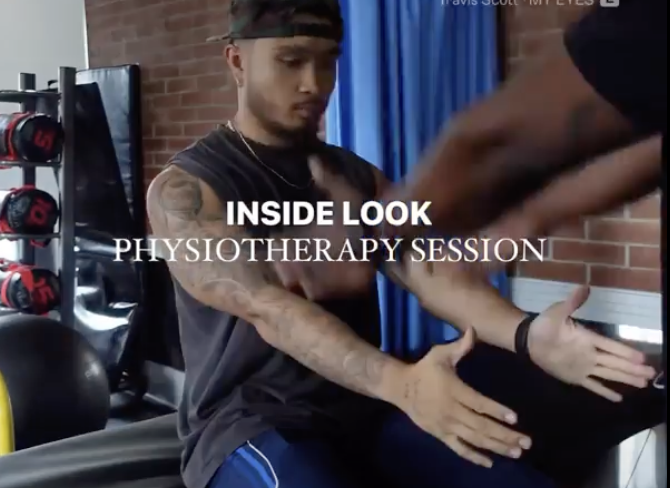
Causes of Back Pain
Do you have a bad back or just back pain? What’s the difference?
What is the cause of your back pain? Is there a difference in types of back pain? Read on and see.
Maybe there is a tip or two that you can add to your pain relief toolbox!
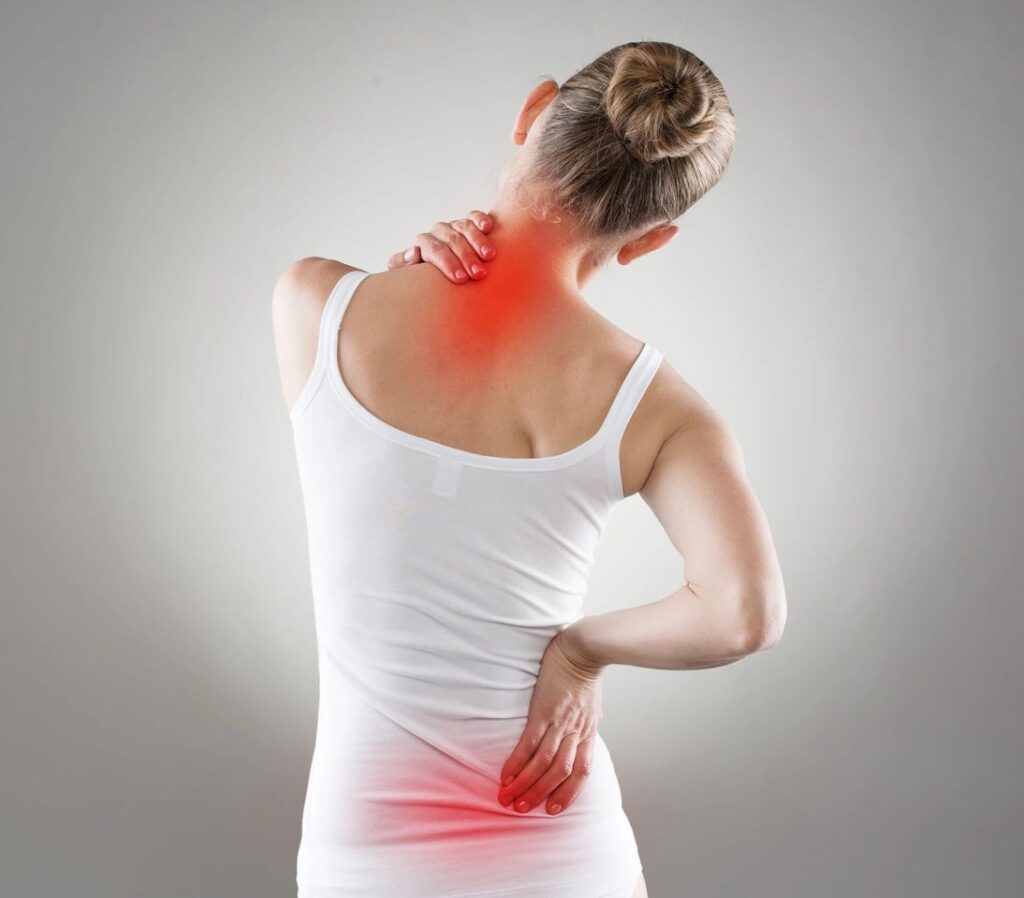
A bad back may be a sign of a chronic (ongoing and long term) problem and symptoms. We list some of the common causes of back pain below. You may often hear someone say they have a ‘bad back’ but most likely they have some underlying cause of their ongoing pain. The ‘bad back’ most of us are referring to is overuse and ‘underrest’.
Another way of understanding back pain is to recognize that our back carries a heavy load, in our day to day. But it doesn’t do it alone. A ‘good back’ is one that is supported by strong abs, legs and glutes and stabilized by strong mobile joints in our legs.
If you have on going back issues, you may have a variety of problems with your tissues.
Bad Back – Chronic issues with your tissues
Causes of Chronic (Ongoing, Long term) Back Pain
Most Common Causes Are:
Osteoarthritis (which can lead to Spinal Stenosis)
Degenerative Disc Disease
Arthritis (wear and tear of tissues)
Sacroiliitis (inflammation in the joints that connect pelvis your to your spine)
Back pain, on the other hand, can be experienced at any time for short or long periods.
Causes of Sudden Onset Back Pain
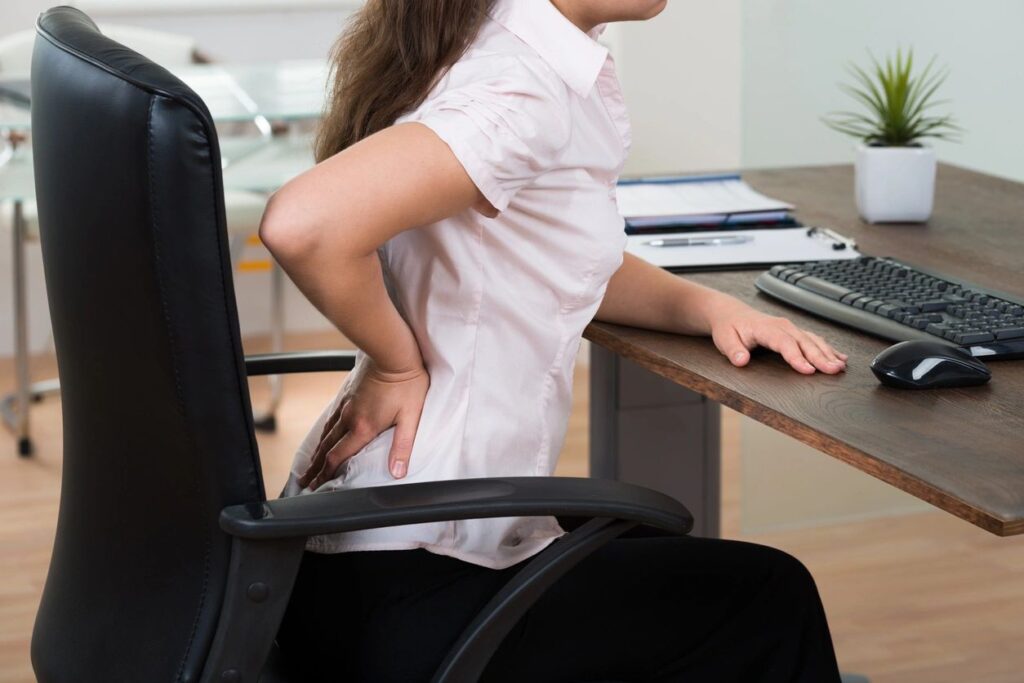
Most Common Causes Are:
- an injury like a pulled muscle or strain
- minimal mobility (sitting too long)
- overuse
- weak abdominals
- sport accident
- car accident
- poor workout technique
- sudden increase in activity
- travel (poor seating)
- minimal mobility from illness(colds and flu)
Getting Better – How do you reduce back pain?
Our top 4 recommendations are:
- Slowly increasing mobility exercises (and exercise in general)
- Slowly increasing stability exercises (and strength in general)
- Regularly (at least 3x a week) practicing back stretches and ROM (range of motion) exercises
- Daily movement (walking) a minimum of 8000 steps and getting up from your chair every 45-50 minutes
Forming a new habit tip: Try the Pomodoro technique at work. Using the Pomodoro timer can remind you to get moving in between chunks of work/task times. Set it up. Try it and tell us how it works for you.
Did you know it’s not just about the back?
Back issues are directly connected to many other evolving problems. To improve a bad back and reduce your back pain permanently, you may also need the following:
- abdominal exercises and strength training
- proper foot gear for your walking, work and sport activities
- better nutrition (to ensure you are eating enough protein, fats, calories and absorbing adequate vitamins and minerals)
- drinking more fluids (ideally water, tea and sugar free drinks are also good)
- change up your sitting or standing schedule at work
- change your work office chair
- test your mattress (too soft or too hard a mattress can lead to issues with your tissues)
- leg strength training and stability
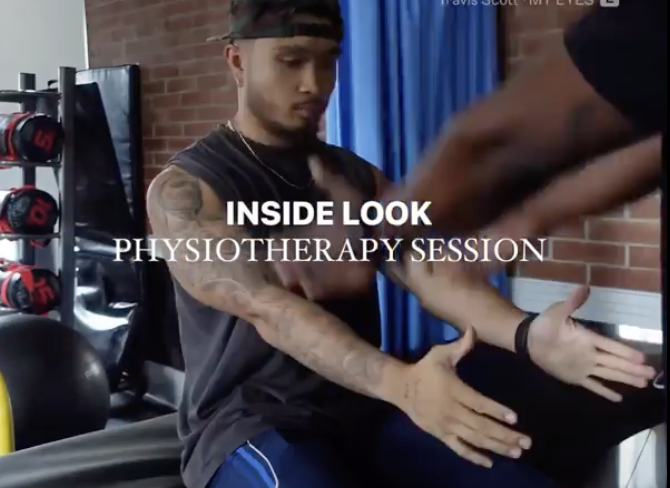
When to seek help for back pain?
You know how the story goes: so many times we’ve heard a friend say ‘ah it’s nothing’ for a pain in the back. And, nothing is done about it.
Then, you see them a few months later and the pain is stronger or worse than that, they have less mobility and pain all the time. Chronic back pain develops over time. Get help for back pain right away.
Get back help right away? Yes
Help can be:
- stretching class for a sudden twinge or after you’ve been hauling furniture around
- massage or physical therapy for 3-5 sessions to nip it in the bud (or back!)
- abdominal micro-movements or pilates sessions for strengthening your core
- heating pad or hot shower to loosen tight back muscles after a weekend of hiking
- ice pack to reduce sudden inflammation from a race or acute sport injury
- back mobility test with your physiotherapist or trainer with a proper treatment plan
- thorough check up with your doctor to check blood work and any other symptoms
- resting the back and legs after a strenuous work week
3 Cs of Getting and Staying Pain Free:
- Check in
- Commit
- Continue
1 – Check in with the pain: is it identifiable (due to a sport, accident or overexhersion) or unidentifiable (something that seems t have no direct cause)
Identifiable back pain can be assessed and treated right away. Don’t delay and tackle it today.
Unidentifiable back pain may require you to get tests, blood work analysis, doctor visit or a specialist’s support.
2 – Commit to reducing the pain: start a treatment plan, a workout or stretch regimen right away. Often a light back pain can get worse if we don’t move enough. Being sedentary rarely improves our health.
Book a specialist, doctor or physical therapy session and stick with it.
3 – Continue to improve your healthy habits, strength training, mobility stretches. Choose the best nutritional choices for your lifestyle. Get out there and live life to the fullest.
Do you need help in getting started?
Want healthy guidance to getting stronger?
Are you concerned about working out with back pain?
Are you tired of trying to figure out the right steps?
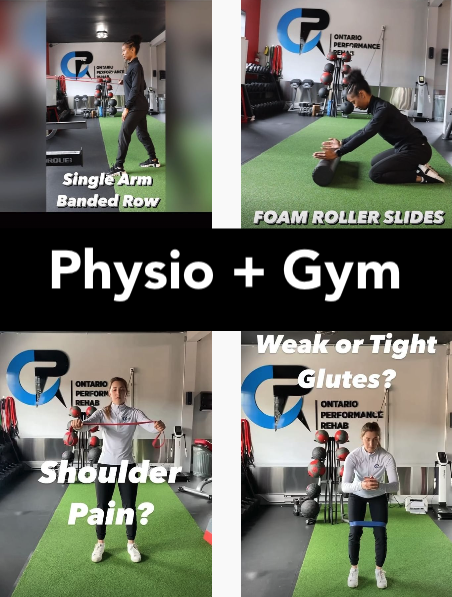
A physiotherapy clinic and full gym, plus classes under one roof. We have support for everyone from beginner (uber newbie) to the elite athlete (VO2 MAX testing anyone?)
We are here for you!
OPR – Ontario Performance Rehab we care about your journey. We care about you getting the most out of life. We are a unique athletic wellness facility for you to discover.
PHYSIO + GYM
Contact us for a free consult now.
and Remember:
“The secret to living well and longer is: eat half, walk double, laugh triple and love without measure.”
Tibetan Proverb